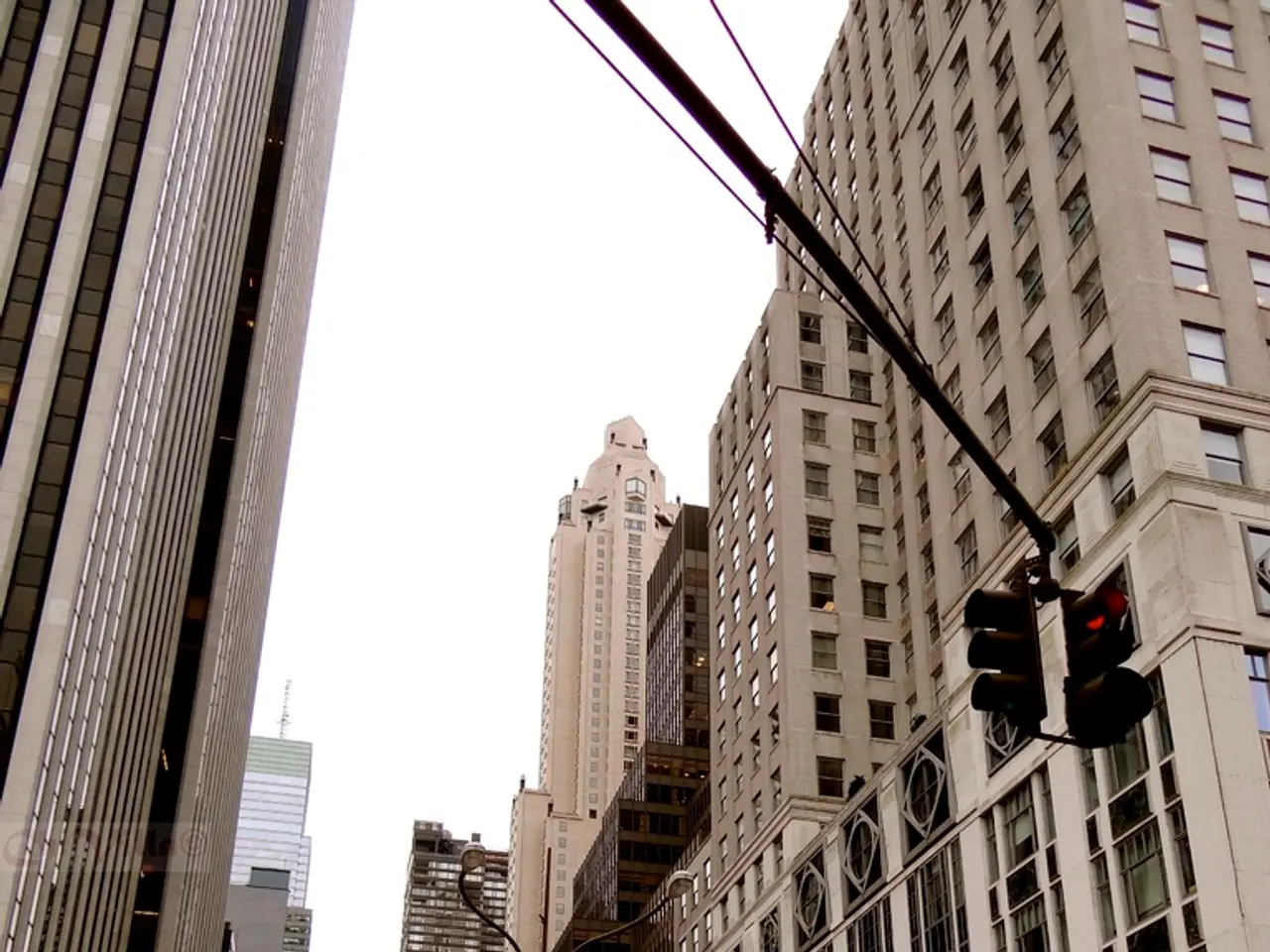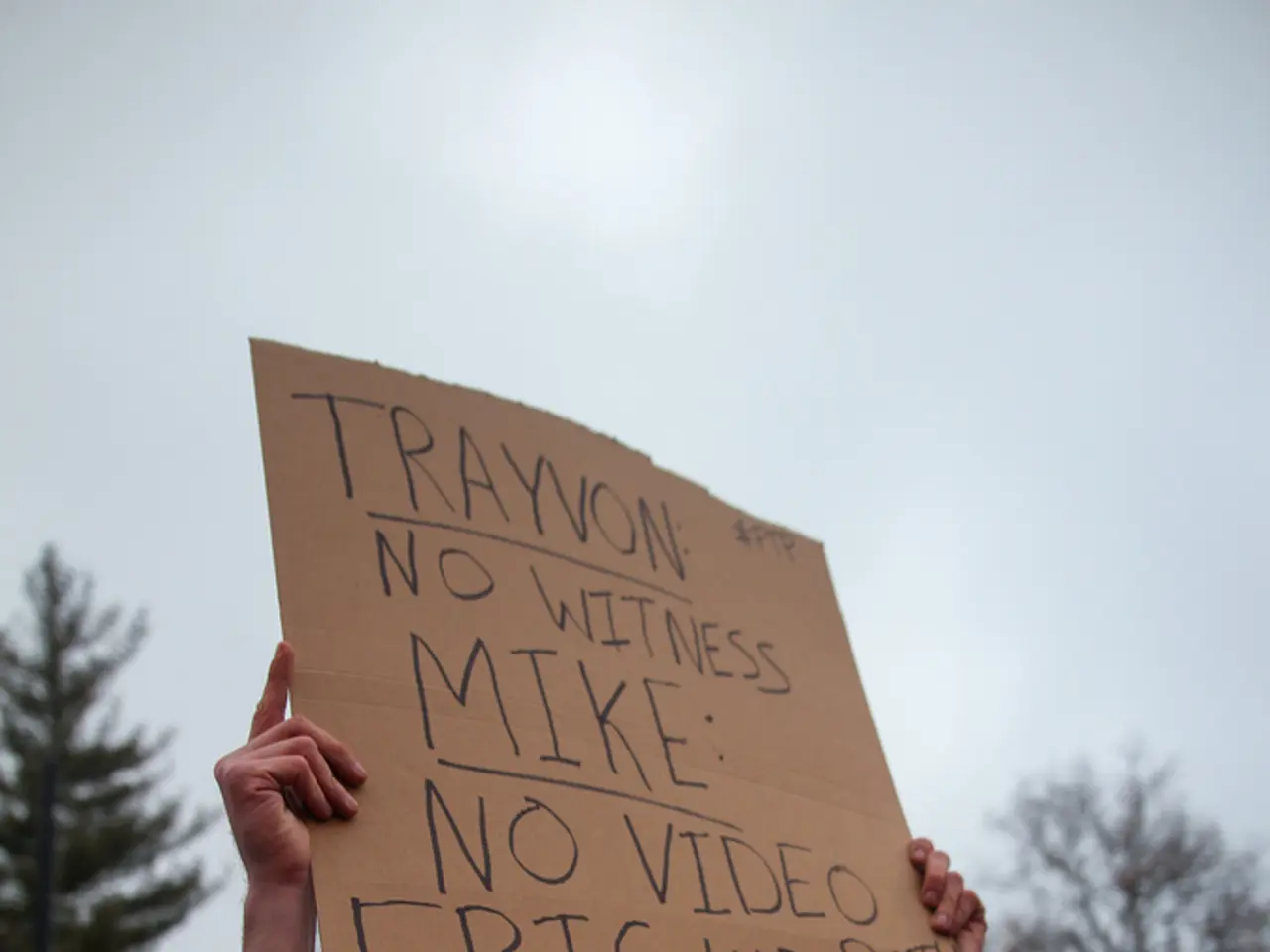July saw the addition of 73,000 jobs, falling short of expectations, coinciding with a rise in unemployment rates.
Slowdown in U.S. Job Market Amid Tariff Uncertainty
The U.S. job market has experienced a significant slowdown in 2025, with the addition of only 73,000 jobs in July. This figure is less than half of the economists' projected 115,000 jobs, indicating a weakening trend in employment growth.
According to a report from the career services firm Challenger, Gray & Christmas, private and public employers cut 62,000 jobs in July. The retail and automotive sectors have been particularly affected, with an increase in layoffs potentially linked to President Trump's tariffs. The retail market cut nearly 80,500 jobs in July, a year-over-year increase of 249%.
The unemployment rate rose slightly to 4.2%, and participation in the labor force has declined, with fewer adults working or looking for work compared to the previous year. Manufacturing has been hit hard, with factories shedding 11,000 jobs in July as uncertainty about import taxes depressed orders and activity.
Despite the slowdown in hiring, wage growth remains strong, with average wages up 3.9% year-over-year, outpacing inflation. However, the job market's weakness is increasing pressure on the Federal Reserve to consider cutting interest rates.
Regarding interest rate cuts by the Federal Reserve, the current economic indicators—such as weakening job growth and subdued labor market activity due to tariff uncertainty—make a rate cut more likely. While precise odds are not provided, the Federal Reserve's most recent stance points to holding rates steady for now, with market participants and analysts anticipating that sustained job market softness could prompt rate reductions later in the year.
The average number of jobs added per month this year is the weakest since the January to June period in 2010. Job additions in July were less than the 147,000 added in June, and the job cuts in July marked a 140% spike over July 2024.
Fed Chair Jerome Powell has warned that tariff costs are starting to raise consumer prices. He noted several economic reports ahead before the Fed considers a rate easement, including Friday's labor report.
Nela Richardson, ADP's chief economist, said the firm's report, which showed an increase of 104,000 private jobs in July, was "broadly indicative of a healthy economy." However, the ongoing tariff uncertainty casts a shadow over the economy's future prospects.
In summary, Trump's tariffs have slowed job growth and increased economic uncertainty, particularly in manufacturing, weakening the labor market in 2025. This situation has raised expectations for Federal Reserve interest rate cuts later in the year, though as of early August 2025, rates remain unchanged pending further data.
- The political environment and policy changes, such as the tariffs implemented by President Trump, appear to have significantly impacted hiring, with the July unemployment rate rising and job growth experiencing a slowdown, particularly in sectors like retail and manufacturing.
- As the July jobs report revealed a slowdown in the U.S. job market, policy-and-legislation, specifically tariffs, are increasingly becoming a point of focus in the general-news cycle, with expectations mounting for possible interest rate cuts by the Federal Reserve in the near future.






